Artists sometimes use multiple instruments on an album, but what about multiple bows? Violinist Nancy Zhou shares details about the three different bows employed on her upcoming album of solo works
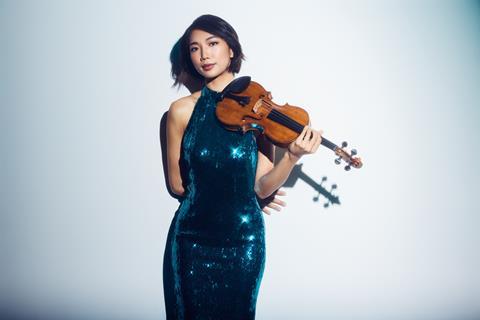
Discover more Featured Stories like this in The Strad Playing Hub
A solo artist creating an album has many factors to consider during the production process. These include repertoire, recording venue, production team – not to mention the tools of the craft, the artist’s instrument and bow. Artists are lucky if they have a fine instrument and bow to play with already, and often the consideration ends there. Some artists might be super lucky to play many different instruments on one album – recent examples include Arabella Steinbacher’s latest where she utilises her 1718 ‘Benno Walter’ Stradivari and the 1744 ‘Sainton’ Guarneri ‘del Gesù’, or Janine Jansen’s 2021 mammoth undertaking pairing 12 Stradivari violins with a range of repertoire.
But how many artists use multiple bows in a solo recording? Violinist Nancy Zhou has done just that in her latest album Stories (re)Traced, comprising solo works by Ysaÿe, Bartók, Kreisler and Bach.
Zhou uses a c.1845 Dominique Peccatte bow, courtesy of Benjamin Lyon, for Ysaÿe Solo Sonata no.4. For Bartók’s Solo Sonata and Kreisler’s Recitativo and Scherzo, she opts for a bow by François Nicolas Voirin, dated between 1872-5, that used to belong to Leonidas Kavakos. For Bach’s B minor Partita, she uses a transitional bow of unknown origin, its loan facilitated by Seth Novatt.
Why did Zhou decide to use different bows for the repertoire on this album? On the transitional bow, she was intrigued to try it after being unable to secure a baroque bow for the Bach. ‘I fell in love with it,’ she says. ‘Because of the airiness and lightness that you get from a transitional bow, it’s a better compromise for me,’ she states, having been trained most of her life to use modern bows that are built to sustain the sound and equip the violin in bigger spaces.
It made sense for Zhou to pair the transitional bow with the Bach Partita, which she regards as essentially a set of variations, and stylised dances. The transitional bow allowed her to execute the terraced dynamics and light-hearted dance feeling associated with the Partita. She migrates her bow hold a few millimetres further up the stick from the frog, somewhat Baroque-style, and notes the amount of bow hairs is significantly fewer than one would find on a modern bow.
Looking at it, the bow is fairly unadorned: ‘It’s very modest and it’s not the most cosmetically elegant thing,’ Zhou says. ‘But I think that definitely contributes to the light-weighted-ness.’
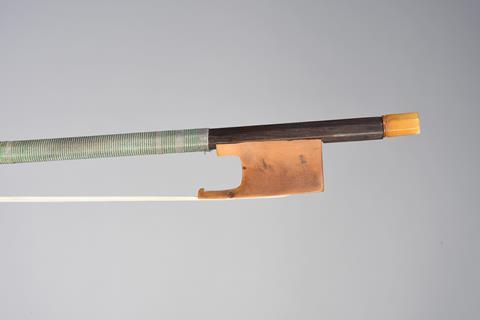
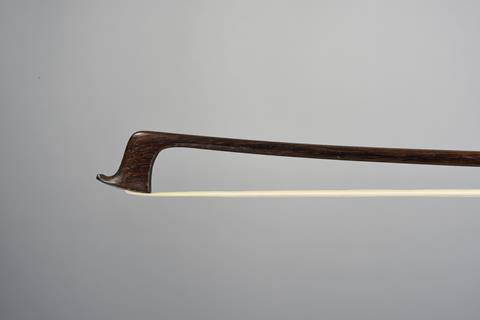
On the opposite end of the visual spectrum is the Peccatte bow, which Zhou describes as the most cosmetically elegant for her. Choosing the Peccatte bow for the album came about when Zhou realised how well it paired with the violin she was playing at the time, an 1815 G. Battista Ceruti, saying that it brought out more resonance from the instrument (since January 2025 Zhou has been playing on a c.1720 Carlo Bergonzi violin). Using this bow in the Ysaÿe, Zhou felt it elicited much more of the ‘golden world’ of sound and warmth, due to the Peccatte’s more pliable stick lending the ability to dig in.

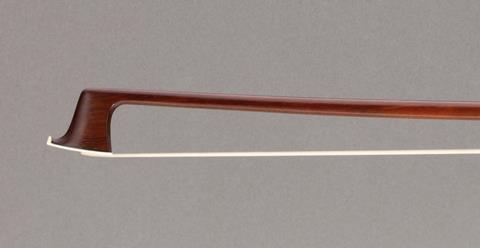
Pairing the Peccatte with the Kreisler seemed a fitting choice, given that Kreisler dedicated his Recitativo and Scherzo to Ysaÿe as a musical tribute. ‘Symbolically, I thought it would be very nice to use the same bow for these two pieces.’ However, after experimenting with both the Peccatte and Voirin for the Kreisler, Zhou and her recording team came to the unanimous decision that the Voirin was more suitable, and decided to switch last-minute. ‘The Kreisler starts with the Recitativo section, at a slower pace. It’s kind of a monologue that you deliver and it needs a lot of girth and sound.’
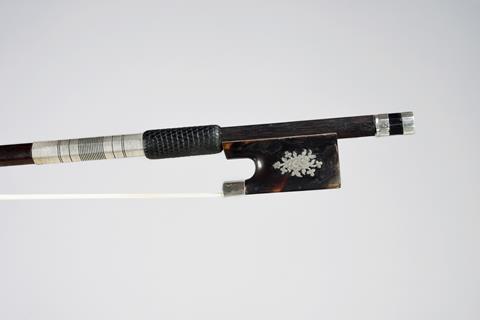
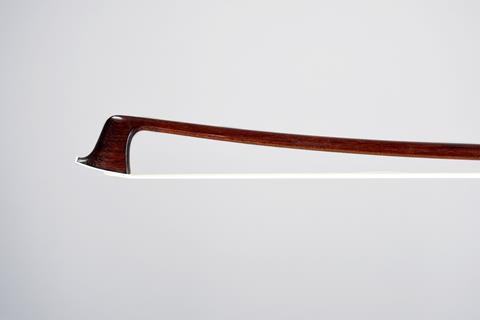
Zhou uses the heavier Voirin, with its significant weight discrepancy from the Peccatte, to perform Bartók, in addition to the Kreisler. ‘The Bartók is also based on dance forms, but there’s so much more unruliness and violence in the sound. You need more grit in terms of the rhythmic vitality of it and the core of the sound. The Voirin just sits so much better – basically the bow did about 70 per cent of the work for me where I didn’t have to physically exhaust myself to bring out the verticality of the piece when it’s called for. I just let it do its own thing.’
Much of the album takes inspiration from Zhou’s fascination with dance forms and choreography. In using different bows, does she feel like she’s changing dance partners for each piece? Zhou states it’s a fairly easy adjustment, given she’s picked the right tools for the job. She credits the Peccatte’s pliable stick for its responsiveness to small finger impulses, necessary for the parlando technique required in the Ysaÿe. The Voirin’s heaviness lent itself well to Bartók’s rhythmically charged quality, reminiscent of the spoken Hungarian language and its idioms.
She says the transitional bow allows her to explore the mobility of her body in the Bach Partita: ‘I wanted to take that leap of courage and use a pre-modern bow to see how that can inform the way I play because of this fascination with the relationship between choreography, movement and sound,’ Zhou says. ‘The lighter, more effortless the movement, the lighter and more effortless the sound would be. And that’s the thing that I think is important for the Partita.’
Zhou compares playing with different bows with her recent experience trying out different instruments at the Stradivarius and the Golden Age of Violins and Guitars exhibition, held at the Musical Instrument Museum in Phoenix AZ. Zhou had the opportunity to play five different instruments as part of a recording project.
‘It’s so fascinating to hear such different soundscapes immediately and then having to make micro-adjustments on the spot,’ she says. ‘For me, its just so fun. It’s like trying on different outfits.’
Stories (re)Traced is released on Orchid Classics on 6 June 2025. The Fuga movement from Bartók’s Solo Sonata is released as a single on 2 May 2025.
INTERVIEW BY DAVINA SHUM
Read: Why I rotate between seven bows: cellist David Finckel
Read: Dance of the swans: the bows of Charles Nicolas Bazin
Discover more Featured Stories like this in The Strad Playing Hub
An exclusive range of instrument making posters, books, calendars and information products published by and directly for sale from The Strad.
The Strad’s exclusive instrument posters, most with actual-size photos depicting every nuance of the instrument. Our posters are used by luthiers across the world as models for their own instruments, thanks to the detailed outlines and measurements on the back.
The number one source for a range of books covering making and stringed instruments with commentaries from today’s top instrument experts.
The Canada Council of the Arts’ Musical Instrument Bank is 40 years old in 2025. This year’s calendar celebrates some its treasures, including four instruments by Antonio Stradivari and priceless works by Montagnana, Gagliano, Pressenda and David Tecchler.


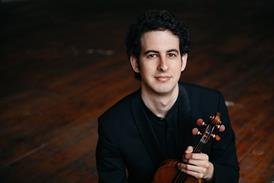
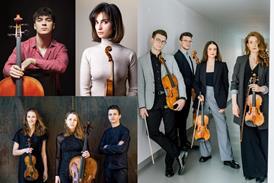
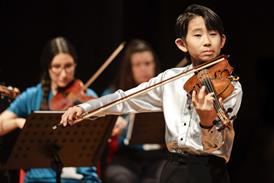

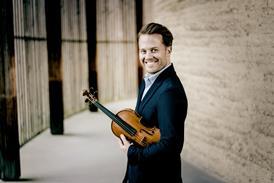


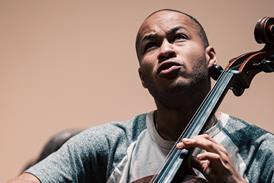
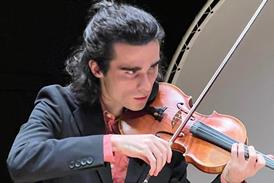
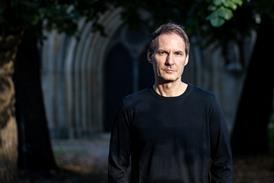

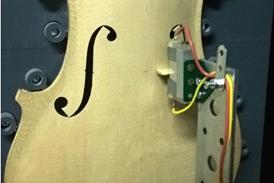
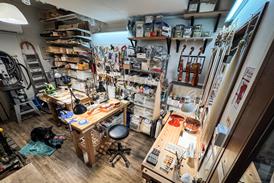
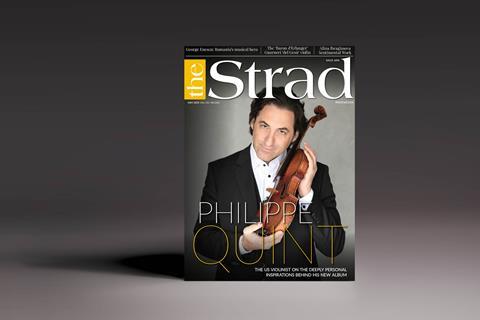
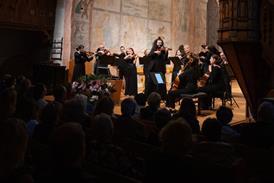

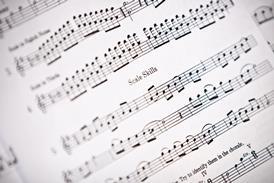
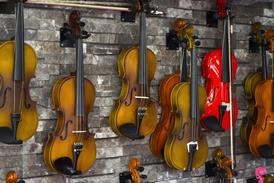
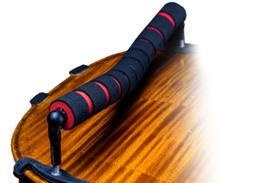
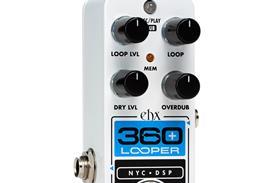
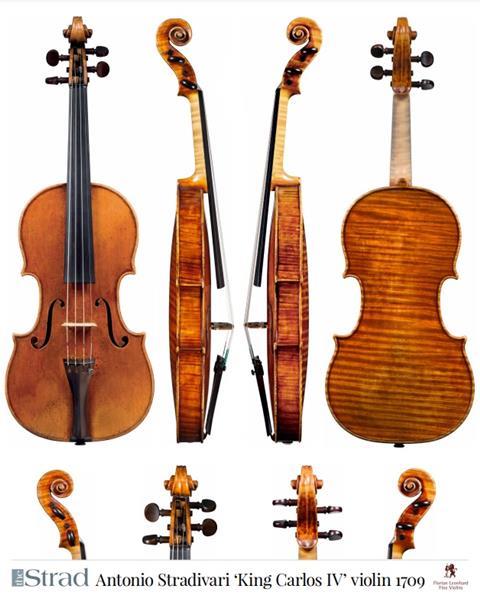
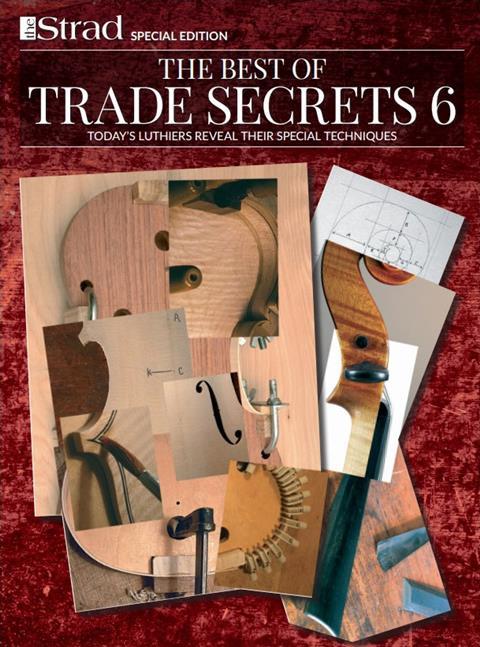
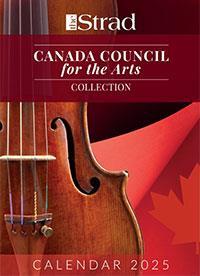












No comments yet